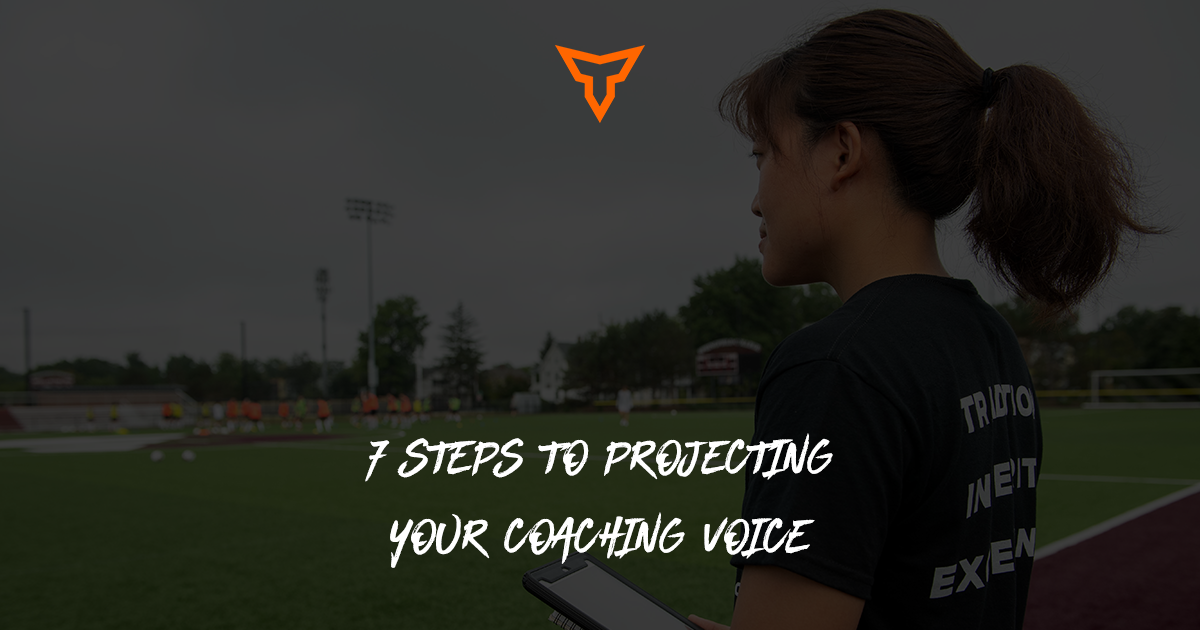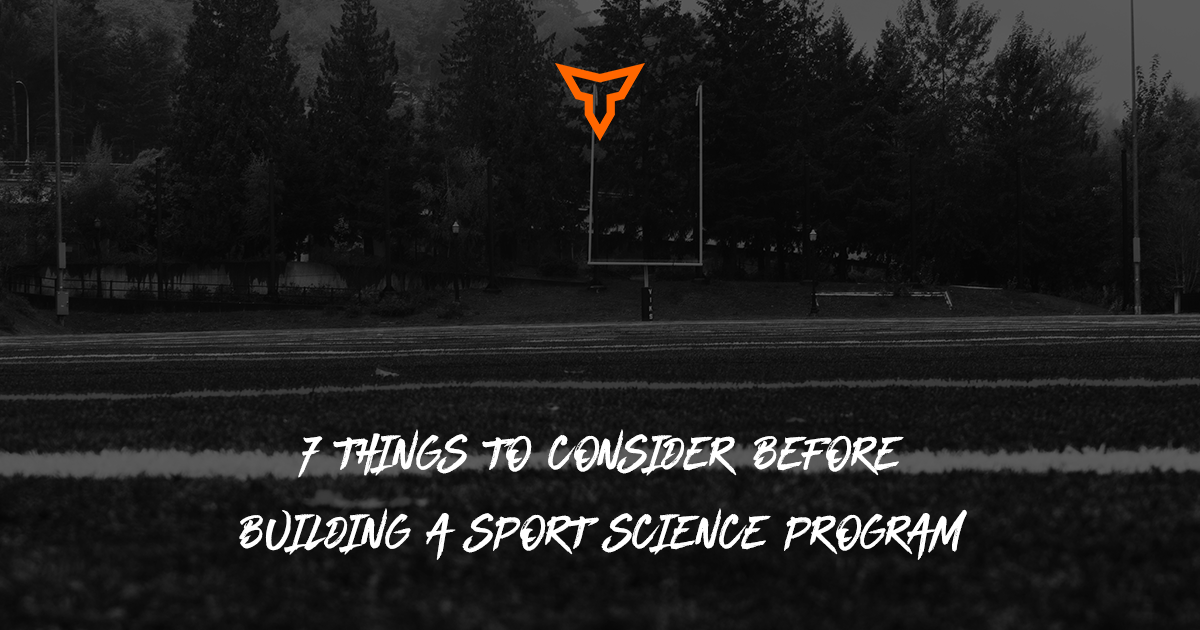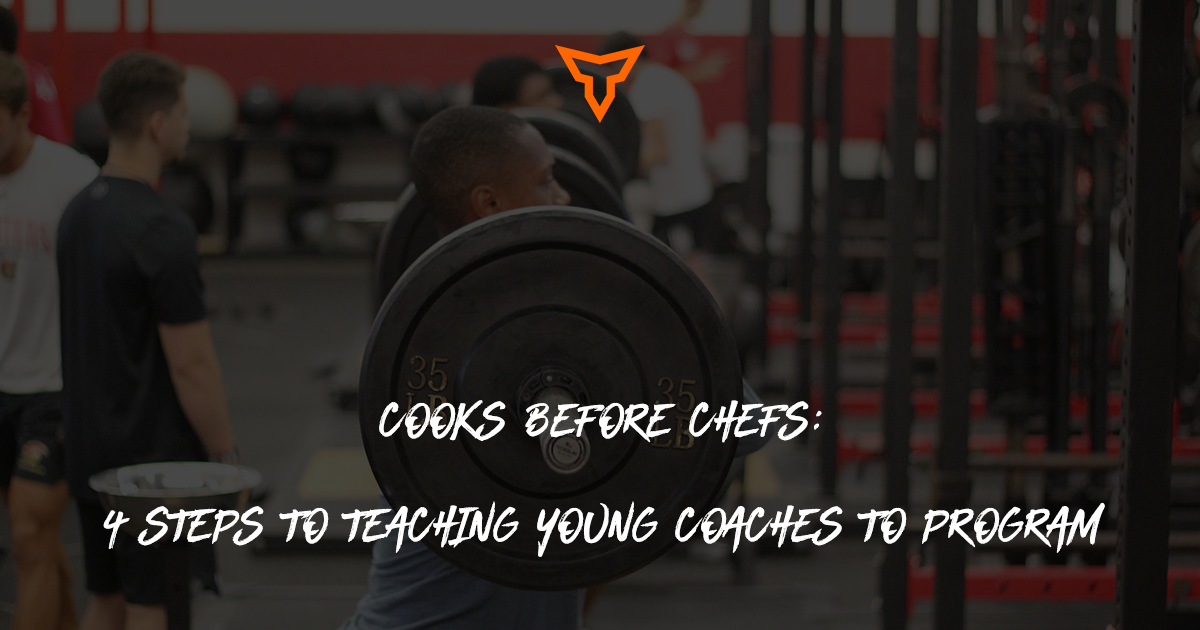Applying Your Coaching Voice in a Remote World
In the narrow sense, voice refers to sounds produced by vocal fold vibration (Zhang, 2016). In the broad sense, voice refers to the sound we produce to communicate meaning, ideas, and opinions. As the primary means of communication, the human voice plays an essential role in the daily life of performance coaches.
As coaches, we use it to shape movement, culture, practice, and convey information relative to the environment or task. According to the Guinness Book of World Records (2022), the normal intelligible outdoor range of the male human voice in still air is 180 meters. Our voices can overcome the ambient noise in the gym and the crowd of 100,00 people in the stadium but aren’t strong enough to cover the distances required to support coaches in today’s remote (virtual) training space.
Much attention has been given to the way we shape our communication strategies, and rightfully so. But very little information is available on how we apply the current coaching science and theory in the virtual space when our athletes are out of metaphorical shouting distance or engaged in transmeridian travel for training or competition.
This article aims to provide strategies to bridge that gap and guide the performance coach's communication while working remotely.
Methods
When communicating with our athletes in the virtual space, we have three options - visual, verbal, and written.
Visual
When coaching in person, we often demonstrate movement in live time. However, in the virtual space this typically involves the exchange of video. Many software platforms, including Teambuildr, have video demonstration capabilities, and coaches may choose to shoot their own and share it via YouTube or text/SMS. Another neat tool that coaches can use for video exchange is the use of video walkie-talkie apps such as:
- Marco Polo
- Line
- Soma
- Viber
- Azar
- Google Duo
Verbal
Verbal communication takes many forms in the virtual space. Perhaps underutilized, the traditional phone call is still a powerful tool. More common today is the voice message via text/SMS or verbal instruction that accompanies video demonstration. Don’t miss this critical touch point. When your athletes are away, they need to hear your voice supporting their training. Here are some great apps that can help achieve this goal:
- Voxer
- Bubbly
- QWiPS
- Yiip
- HeyTell
Written
Written communication seems to be more common in the remote space than verbal communication. There are a variety of means we can choose from to relay information using written methodology. These include:
- Text/SMS
- Messaging Platforms such as WhatsApp, GroupMe, and Google+ Hangouts
- Direct messages (DM) via social media
- Strength & conditioning softwares such as Teambuildr
- Dedicated platforms such as Slack, Teamwork, or Microsoft Teams
Beyond the tools we use to communicate, what we say and the frequency with which we say it are undoubtedly essential. Therefore, when communicating with our athletes, we want to be sure to engage them across the relevant learning domains. In this case, the cognitive and affective learning domains as they are most pertinent to communication and the scope of this article.
The Science
The Affective Domain
The affective learning domain involves the manner in which we deal with feelings, emotions, and attitudes. Athlete motivation is a critical component of the training process regardless of physical proximity, and much literature exists on the topic. The most predominant theory in motivation is that of self-determination theory.
Self-determination theory is comprised of three elements (Vlachopoulos et al., 2000):
- Autonomy (the need to control the course of one’s life)
- Competency (the need to be effective in dealing with the environment)
- Relatedness (the need to have close, affectionate relationships with others)
Autonomy and relatedness are particularly relevant to athlete interest, positive emotions, satisfaction, and the reduction of anxiety - each of which are affective outcomes of our communication strategies (Vlachopoulos et al., 2000).
Autonomy
Addressing autonomy in our communication strategies involves giving athletes control over their preparation and performance. Here are some specific techniques you can employ:
On the Front End
- Ahead of creating your learning environment, have a verbal conversation with the athlete(s), team leaders, and coaching staff.
- Conduct a needs assessment that includes health history, medical history including current and past injuries, deficiencies, areas of concern, contraindications, kinetic and kinematic profiles, and sport demands.
- Work collaboratively to design an environment for optimal learning.
During the Training Process
- Provide an agile framework for the athlete to succeed and empower them to use it independently of your intervention! Building an agile framework can be done in many ways. Here are two elements to consider:
- Athletes should feel free to shift training modalities and methods to meet their current needs and logistical challenges. A great example is the ability to opt-out or substitute an exercise with a similar exercise in Teambuildr.
- Athletes should be able to scale the volume of their training to meet time demands, monitoring data, or uncontrollable variables such as poor sleep or extended travel fatigue. A frequently used metaphor for prioritization is the example of trying to fit big rocks, pebbles, and sand into an empty jar. First, the big rocks symbolize the essential things in your workload. Next, the pebbles represent everything of medium importance. And finally, the sand represents the smaller items that are less important.
Relatedness
The most well-known example of systematic relatedness in sport comes from legendary coach John Wooden. Team spirit is the block on the Pyramid of Success that serves as the best reminder that we, as coaches, are working in service to others. Coach Wooden views team spirit as a genuine consideration for others and an eagerness to sacrifice personal interests for the glory and welfare of all (Carty & Wooden, 2005).
This concept of relatedness has been repeated and supported over time. Today, it’s included in the United States Olympic and Paralympic Committee’s (USOPC) Quality Coaching Framework as authored by Dr. Wade Gilbert, who studied Coach Wooden during his final coaching season.
As coaches, we can show athletes we care in a number of ways in the virtual space. Some examples include:
- Be a good listener. That means maintaining regular communication with your athletes via phone calls, video calls, virtual meetings, and messaging apps. At a minimum, we as coaches should have a touchpoint with athletes every day they train. When you get on a call or receive a text, utilize active listening to probe for information and work to understand your athlete’s current circumstances on a deeper level. When an athlete shares, let them share.
- Clearly and consistently communicating expectations. When we share our expectations, we share our program's core values and behaviors. Sharing expectations says we can work together in a positive way, with a sense of unity, in which we all feel valued.
- Share the wins. Recognize the process that the athlete is going through - not just the outcome. When possible, praise publicly via chat or social media pending the athlete's approval.
The Cognitive Domain
The cognitive domain involves knowledge and the development of intellectual skills. Cognitive skills include the recollection or recognition of specific techniques or tactics, movement patterns, and concepts that serve in the development of abilities and skills. The cognitive outcome variables used in motivation research include concentration and attention (Williams, 2012).
There are many potential key touch points that we can engage the athlete in the cognitive domain throughout the training session.
The Brief
During the brief, we want to draw the attention and concentration of our athletes to effectively narrow the athletes’ focus and drive learning and performance. Therefore, at the onset of the training session, the coach will typically brief the athlete(s) on the session's how, what, and why. A great example using Teambuildr Notes can be seen below for an athlete undertaking a return to sport progression following an injury.
During the brief, the coach should relay any session outcome goals. For example, a coach might state, “By the end of this session, will be able to execute a back squat to a 16-inch box with 90% of reps exceeding .75 m/s in velocity.”
Finally, the coach should cover logistical challenges that athletes may encounter, such as time, equipment, teammates, spotters, or other considerations that might affect the athletes’ training efficiency or safety.
Instruction
Following the brief, the athlete(s) will be fed brief moments of instruction. Consider the following for each activity, movement, drill, or exercise:
- Is the instruction directed to the entire team or an individual?
- Are aids such as video, pictures, or images required?
- Is your instruction relevant to the day's stated outcome goals?
In the virtual space, we may need to be proactive, providing instruction and a focus of attention ahead of time. In Teambuildr, the best way to accomplish this is through the Additional Information text box (image below). I have even recorded audio cues and placed links, making this critical touch point more valuable.
Example from Teambuildr:
When providing a focus of attention, be sure to offer an external focus, one where the athlete manipulates the environment, rather than an internal focus, one where we direct the athlete's attention to their body. For example, the image below provides some tremendous external cues using various instructional methods. Finally, keep your instruction to 1-2 items, stating what you want the athlete to do instead of what not to do, and be direct to avoid taking up attentional capacity.
Feedback
Augmented feedback is limited and often retrospective when coaching remotely, so a premium is placed on the learning environment (task intrinsic feedback). When we do deliver augmented feedback, we don’t need to provide feedback on every set or repetition to be effective. We just need to consider the type and desired number of opportunities to provide feedback, so we move closer to our desired outcome goal.
So, how much feedback is needed?
According to Nick Winkleman (2020), when we give external augmented feedback, the frequency of 33% of total volume and 100% of total volume are equal, and 30%-50% is what you see most commonly in the literature in terms of motor learning and control.
So, don’t expect your athlete to fail if you can see and critique every rep. It’s simply not required. Instead, have the athlete send you 1-2 videos of themselves performing critical movements and provide some information using the guidelines above.
When you do provide feedback, consider the following:
- Is the feedback directed to the entire team or an individual?
- Are aids such as video, pictures, or images required?
- Is your feeback relevant to the day's stated outcome goals?
- Are you providing corrective or motivational feedback (Cognitive or Affective)?
- Are you using internal or external feedback?
- Are you using direct or indirect feedback (i.e., giving a statement or asking a question)?
- Are you using frequency or summary feedback?
- Are you using bandwidth feedback?
Finally, and this is critical in the remote space, we want the athletes to learn to own their performance! We should develop techniques to allow athletes to evaluate their performance, reflect, and then self-adjust or create progressions. We can do this by posing questions that require them to engage in this process.
The Debrief
Following the training session is the debriefing period. During the debrief, we must assess whether our outcome goals were achieved, the performance standard was met, and understanding was attained. Capture these moments of learning!
Executing a debrief in the remote space is unlike live coaching because we can’t always speak directly to our athlete at the conclusion of training. But, we want to gather some essential information, and because of that, an effective debrief involves going beyond the typical Likert scale and data-driven responses.
We want to provide an opportunity for athletes to share their sentiments, accomplishments, challenge points, and reflections. To do this, we can simply request the athlete share a written, verbal, or visual note with us, or we can guide the athletes’ responses with probing questions such as:
- What are 1-2 things that went well?
- What is 1 area for improvement?
- Describe the session in 1 word or hashtag?
- Do you have any additional comments or feedback on this training session?
The take-home message here: The remote coaching space isn’t going anywhere. As coaches, we need to be prepared to work with our athletes where they are at, across all learning domains, and geographical barriers.
We can do this by developing effective systems and methods of communication that align with current literature in coaching science and theory as we sprinkle in scalable technology. Most importantly, remember that coaching is, and always will, be a people business.
We can be excellent coaches even when we don’t “see” our athletes train. We just need to empower their ability to intrinsically learn as we provide an agile learning system ensuring their success.
References
Carty, J., & Wooden, J. (2005). Coach Wooden's Pyramid of Success: Building Blocks for a Better Life. Gospel Light.
Gomes, A. R., Araujo, V., Resende, R., & Ramalho, V. (2018). Leadership of Elite Coaches: The Relationship among Philosophy, Practice, and Effectiveness Criteria. International Journal of Sports Science and Coaching, 0(0), 1-14. 6/16/22
Guinness Book of World Records. (n.d.). Farthest distance traveled by a human voice. Guinness World Records. Retrieved June 16, 2022, from https://www.guinnessworldrecords.com/world-records/farthest-distance-travelled-by-a-human-voice
Otte, F., Davids, K., Milar, S.-K., & Klatt, S. (2020). When and How to Provide Feedback and Instructions to Athletes?—How Sport Psychology and Pedagogy Insights Can Improve Coaching Interventions to Enhance Self-Regulation in Training. Frontiers in Psychology, 11(1444), 1-14. 6/17/22
Vlachopoulos, S., Karageorghis, K., & Terry, P. (2000). Motivation Profiles in Sport: A Self-Determination Theory Perspective. Research Quarterly for Exercise and Sport, 71(4), 387-397. 6/15/22
Williams, A. M. (2012). Skill Acquisition in Sport: Research, Theory and Practice (A. M. Williams & N. J. Hodges, Eds.). Routledge. 6/16/22
Winkelman, N. (2020, April 24). Coaching Science - Theory and Practice [Transcript]. In The Language or Coaching Webinar. 6/16/22
Zhang, Z. (2016, October 14). Mechanics of human voice production and control. Journal of Acoustical Society of America, 140(4), 2614-2635. 6/16/22
Subscribe to our blog
Subscribe to receive the latest blog posts to your inbox every week.
Related posts

From the GA's Desk: 7 Steps to Projecting Your Coaching Voice

7 Things to Consider Before Building a Sport Science Program


